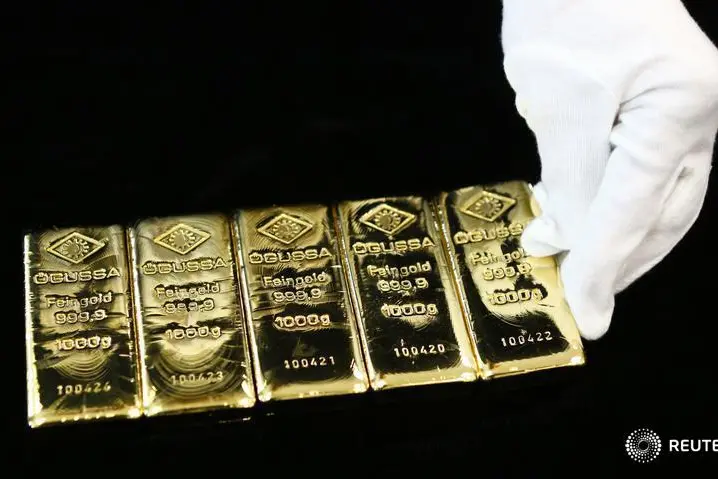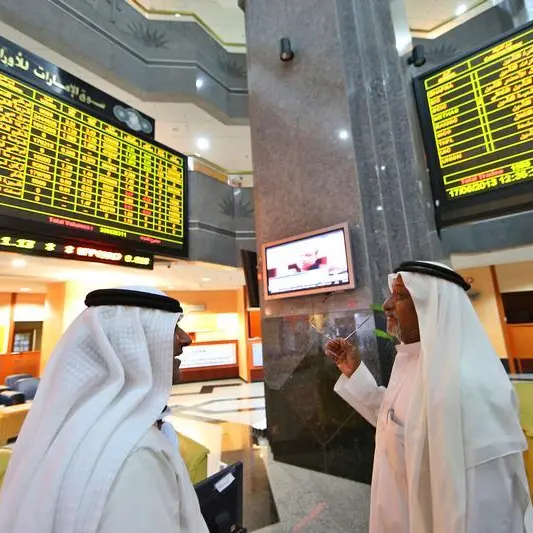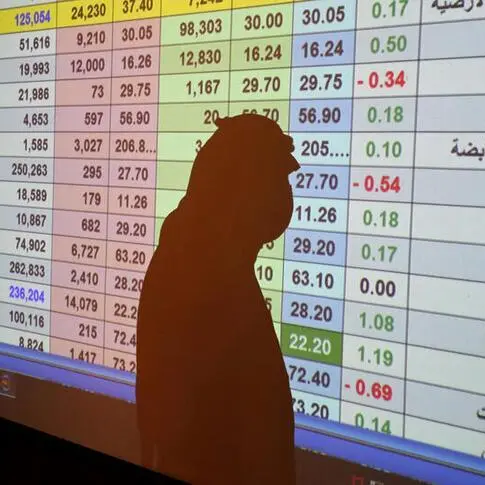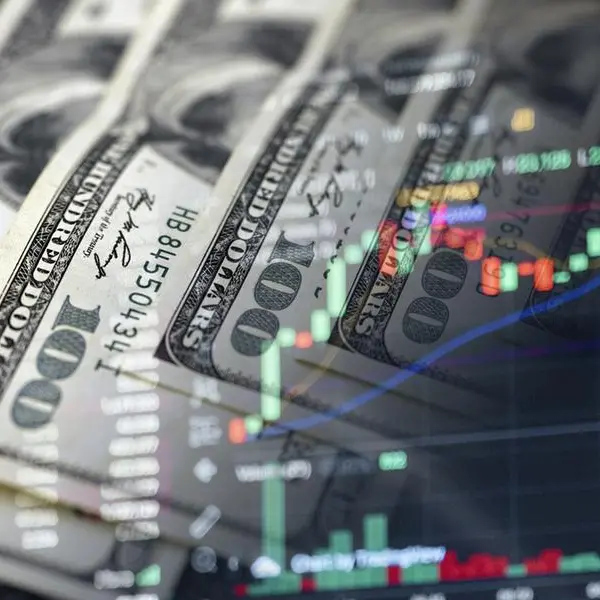PHOTO
LONDON- Trade anxiety and escalating tensions between the United States and Iran sent gold soaring to a six-year high on Tuesday, and saw traders dive back into safe-harbour government bonds and the yen and Swiss franc at the expense of the dollar.
Taking a dramatic step to increase pressure on Iran, U.S. President Donald Trump on Monday signed an executive order imposing sanctions on Supreme Leader Ayatollah Ali Khamenei and other top officials.
The move is a further worry for investors waiting to see if anything comes of Sino-U.S. trade talks this week, with sentiment not helped after a senior U.S. official said President Donald Trump would be happy with "any outcome".
Wall Street, which has had one of the best first halves of a year on record, looked set to open marginally lower and Europe's STOXX 600 index was down 0.1% having been as much as 0.3% lower first thing.
The jump in gold as well as more beaten-down industrial metals helped mining stocks , while the tech sector was also lifted by a 7% jump in Capgemini's shares on news it had bought engineering and digital services firm Altran.
"Our view is that because of the very high global economic uncertainty markets have become very twitchy and can move a long way on not much news, like Trump's meeting with Xi at the G20," said Gerry Fowler, global multi-asset strategist at Aberdeen Standard Investments.
"At the moment, the data looks okay but the sentiment has deteriorated and we expect that to continue in the second half of the year."
Trump is due to meet one-on-one with at least eight world leaders at the G20 summit in Osaka at the end of the week, including China's President Xi Jinping and Russian President Vladimir Putin.
Chinese investors seemed none too hopeful as Shanghai blue chips slipped 1%. That led MSCI's broadest index of Asia-Pacific shares outside Japan down 0.4%.
Japan's Nikkei lost 0.4%, while S&P 500 e-minis ESc1 edged down 0.2%.
FED SPEAKERS
The risk of more dovish talk from the Federal Reserve was also keeping the dollar at a 3-month low against the euro remained a strong undercurrent for other markets too. .
There are no fewer than five Fed policy makers speaking on Tuesday, including Chair Jerome Powell, and markets assume they will stick with the recent message that rates could be about to be cut for the first time since the financial crisis.
"It's always possible the chair could walk back some of the market's dovish interpretation of last week's FOMC meeting ... but we suspect he will reinforce the message laid out last week," said Kevin Cummins, a senior U.S. economist at NatWest Markets.
"By the end of July, we believe the Fed will have seen enough to decide that action to counter downside economic risks and low inflation/inflation expectations is warranted, and so we look for a 25 basis point rate cut at the next FOMC meeting."
Markets are running well ahead of that. Futures are fully priced for a quarter-point easing and imply around a 40%chance of a half-point move.
A total 100 basis points of cuts are implied by mid-2020, a major reason two-year yields are well under cash at 1.715%.
GOLD SOARS
Yields on 10-year Treasuries have dived 120 basis points since November and, at 1.99%, are almost back to where they were before Trump was elected in late 2016.
German 10-year bund yields hit a new record low of 0.332% , down 2 basis points on the day in Europe.
The dollar's slip to at a three-month low of 95.989 also means it has fallen for four sessions in a row against a basket of other currencies.
"USD DXY now looks likely to break through the March low of 95.76 and below there 95.0," said Tapas Strickland, a markets strategist at NAB.
"The drivers here continue to be heightened expectations of the Fed cutting rates - now 3.1 cuts priced by year's end," he said, noting that a number of index trackers showed the data flow from the United States was now showing more disappointing misses than Europe.
The euro hit a three-month high of $1.1412, having gained 2.0% from a two-week low of $1.1181 touched a week ago as the dollar has lost steam. It last stood at $1.1396.
Against the safe-harbour yen, the dollar hit its lowest since the January flash crash at 106.79. Dealers also noted a report from Bloomberg that Trump had privately mused about ending the postwar defence pact with Japan.
Versus the Swiss franc the milestone was even more extreme at nine months and was last trading at 0.9755.
The pullback in the greenback combined with lower yields globally and the Iran and trade nerves lit a fire under gold, which touched a six-year top. The metal is up 12% in the past month at $1,1433.16 an ounce.
Oil prices lost some ground on Tuesday, after rising sharply last week in reaction to tensions between the United States and Iran.
Brent crude futures eased 0.4% to $64.58 while U.S. crude fell 0.3% to $57.75 a barrel.
(Additional reporting by Wayne Cole in Sydney; Editing by Keith Weir and Alison Williams) ((Tom.Arnold@thomsonreuters.com; +442075428510; Reuters Messaging: tom.arnold.thomsonreuters.com@reuters.net))












